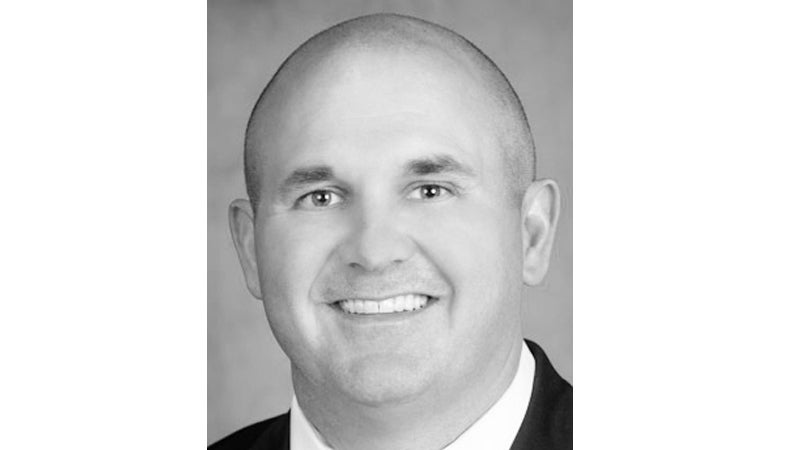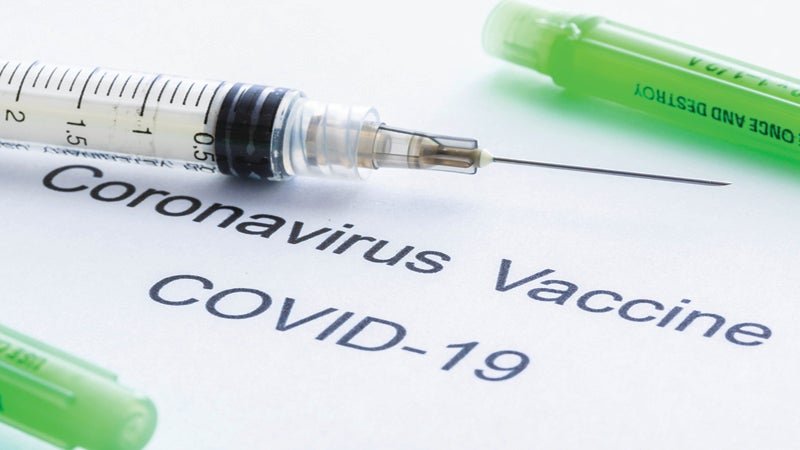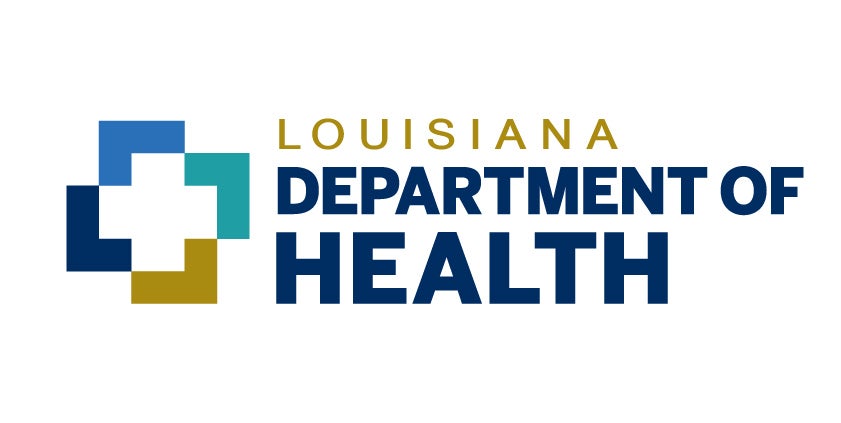Morse: Practice safe grilling all summer long
Published 12:00 am Saturday, July 6, 2019

- Granville Morse, MD
Are you itching to uncover your grill and fire it up now that the warm weather is here? Before you heat up those coals or turn on the gas, set up is key!
Here are a few things to factor in when prepping your grill:
Propane and charcoal grills must only be used outdoors. If used inside, deadly carbon dioxide gas may build up.
The grill should be placed away from home and deck railings. It shouldn’t be under leaves and branches.
Keep your grill is stable. Be sure all parts are firmly in place and that the grill can’t be tipped over.
Be ready to put out flames. Have baking soda on hand to control a grease fire, and have a fire extinguisher handy. If you don’t have one, keep a bucket of sand or a garden hose nearby.
Keep your grill clean. Remove grease or fat buildup by cleaning with a grill brush.
Once the grill is fired up, it’s important to avoid the possibility of food poisoning via cross contamination, which can happen when juices from raw meats touch cooked food. Common symptoms of food poisoning include: nausea or vomiting, belly pain, diarrhea and fever.
Follow these tips to avoid cross contamination while grilling:
Grill one type of meat at a time.
Use separate plates for uncooked and cooked foods.
Clean utensils as you grill.
Anything that touches raw meat shouldn’t touch cooked foods – that includes marinade!
Grills get hot – fast! Never leave your grill unattended. It only takes a minute away from your grilling station for something to go terribly wrong.
Help prevent burns while grilling by always making sure your gas grill lid is open when you light the grill. Use long-handle utensils to help avoid burns and splatters, and always wear safe clothing. Don’t wear loose or baggy clothing that could easily catch fire.
Use a thick flame-retardant mitt when adjusting hot vents.
Don’t move a hot grill. It’s easy to stumble or drop it, and serious burns could result.
Keep children and pets at least five feet away from the grill. Having another sober adult present to supervise children is key so you can focus on the grill and being safe.
If you or someone else gets burned while grilling, follow this checklist:
Apply cold water on the burn for 15 – 20 minutes to reduce swelling.
Avoid applying ice – it can slow the blood flow to the area, leading to more tissue damage.
After it’s cooled down, check the burn to see how deep it goes.
If the burn is minor, use a nonstick dressing from your first aid kit to cover the wound.
Remove any clothing not stuck to the skin around the burn. If you wait, swelling can make these articles hard to remove later.
Remember – if a burn is deep and blisters immediately (these are the signs of a third-degree burn) or goes through the muscles or bone (signs of a fourth-degree burn) seek immediate medical attention. These types of burns can cause nerve damage. Also, depending on your vaccination status, your Tetanus may need to be updated when you are burned.
Other signs you should seek medical attention for a burn include:
If there is cloth stuck to the burned skin, do not remove it – instead, call for medical attention.
If the burn is on your face, fingers, feet, genitals or hands
If someone younger than 5 or older than 70 is burned
Signs of infection include increasing redness, pain, a pus-like discharge or temperature is above 100.4 degrees Fahrenheit.
GRANVILLE MORSE, MD is a practicing emergency medical doctor and the system chair for Ochsner Urgent Care.





